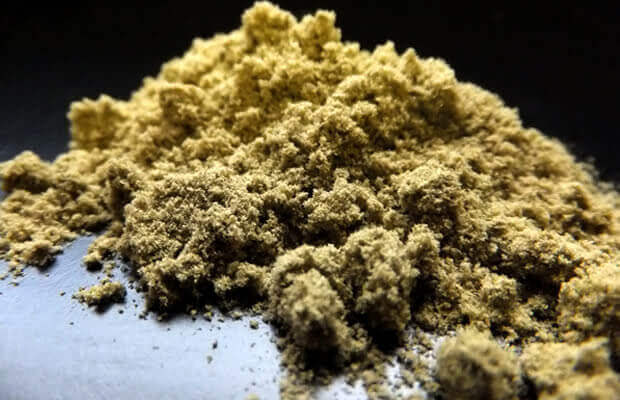Glycine is an important amino acid that plays a significant role in various biological processes within the human body. It is considered a non-essential amino acid, meaning that the body can synthesize it on its own. Glycine is involved in the synthesis of proteins, the regulation of neurotransmitters, and the maintenance of overall cellular health.
From a chemical standpoint, glycine is the simplest amino acid, consisting of a hydrogen atom as its side chain. It is classified as a non-polar amino acid due to its lack of charge and hydrophobic properties.
While glycine is not directly derived from cannabis, it is indirectly related due to its potential presence in cannabis strains. Cannabis plants produce an extensive range of chemical compounds, including cannabinoids, terpenes, and flavonoids. Although the specific presence and concentration of glycine in cannabis are not well-studied, it contributes to the overall chemical makeup of the plant.
In terms of usage, glycine has broad applications beyond its connection to cannabis. It serves as a building block for proteins, contributing to their structure and function. Glycine also acts as an inhibitory neurotransmitter in the central nervous system, playing a role in regulating brain activity and promoting calmness and relaxation.
Glycine is frequently used as a supplement for its potential health benefits. It has been studied for its role in promoting sleep quality and cognitive function, reducing inflammation, supporting digestive health, and improving joint and muscle health. Additionally, glycine has been explored for its potential to enhance athletic performance, as it may aid in muscle recovery and reduce exercise-induced inflammation.
It is important to note that glycine is naturally found in various food sources, including meat, fish, dairy products, legumes, and certain fruits and vegetables. However, supplementation may be necessary in certain cases where dietary intake is insufficient or for specific therapeutic purposes.
Understanding glycine’s role in the human body can be enhanced by considering its interplay with other amino acids and compounds found in cannabis. For instance, the interaction between glycine and cannabinoids, such as CBD (cannabidiol), may contribute to the overall effects and potential therapeutic benefits of cannabis products. Exploring these interactions and their mechanisms can provide a deeper understanding of the complexity of cannabis chemistry and its potential impact on the human body.








